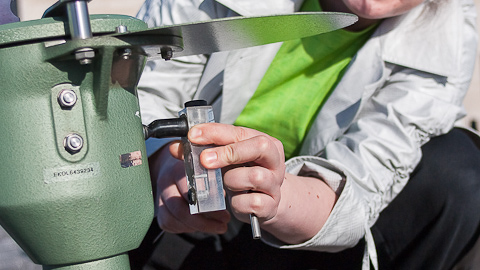The International Level of Finnish Science Better than Claimed
Professor Osmo Kivinen and Researcher Juha Hedman from the University of Turku analysed the international level of Finnish science based on the development of the number of publications and references in each discipline. The results show that the international level of Finnish science is better than claimed.

In its recent State of Scientific Research 2014 review, the Academy of Finland published a pessimistic estimate about the international state of Finnish research. Based on the reference indicator calculations of the Academy, Finland has dropped to the 14th place among OECD countries and will decline even further.
According to Professor Osmo Kivinen and Researcher Juha Hedman, the clearest indication of improvement in the level of science is the increasing number of international, peer-reviewed (Web of Science level) Finnish publications in all the six main disciplines throughout the 21st century. The number of publications has risen most in natural sciences as well as in humanities and social sciences.
– In publishing in the international scientific journals, Finland is an underdog by default as a small, non-English speaking country when compared with, for example, the United States and United Kingdom. However, in proportion to the population, Finland's publication activity in natural sciences and technology is among the top of the OECD countries and the activity in agriculture and forestry as well as in biosciences close to the top, say the researchers.
Finnish Publications Referenced More Often than Earlier
Kivinen and Hedman concluded in their analysis that the visibility of Finnish research in the international science community has improved in natural sciences, humanities and social sciences when measured with the accumulated references.
– Especially the improved visibility of the Finnish natural sciences might seem a little surprising when taking into consideration the strong entry by the Asian countries to the international research of the discipline.
According to the researchers, the bibliometrical calculations made by the Academy reflect best the publication and referencing practices of the so-called hard sciences, i.e clinical medicine and some of the natural sciences. However, for other disciplines the picture remains somewhat narrow and haphazard.
– State of Scientific Research 2014 continues the series of reports that are immersed in detailed specification, where the apparent accuracy seems to easily replace the analyses that cover wider areas, say the researchers.
They continue that it is an internationally known fact that the excessive use of bibliometrical indicators causes confusion rather than promotes understanding about the exact level of science and research, as the decision-makers and their advisers have to find the most relevant information among the variety of different metrics, data and indicators.
– Misunderstandings or decisions based on inadequate evidence can do - in the increasingly severe international competition - irrecoverable damage, state the researchers.
According to them, it is troublesome that, in the public discussion, the many surprisingly strong conclusions made in the summary of the State of Scientific Research 2014 seem to overpower the reservations made in the report.
Text: Erja Hyytiäinen
Photo: Hanna Oksanen
Translation: Mari Ratia